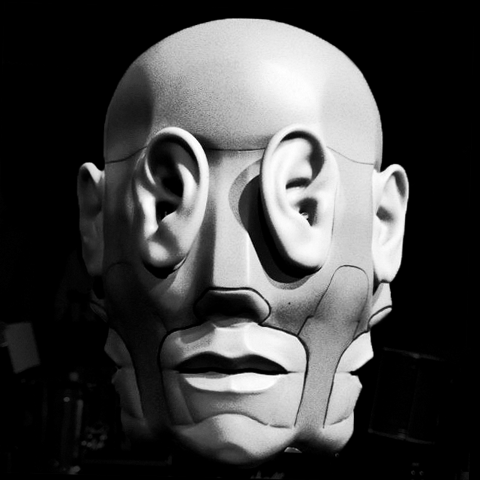Binaural Recording Systems. The different ears located on the mannequin are meant to capture sounds in 3D. Photo credit: Chris Mik.
By Danielle Cruz
One auditory experience has been steadily growing in popularity on YouTube: 3D music, and it’s following the ever-growing success of Autonomous Sensory Meridian Response (ASMR) and virtual reality videos.
Though, currently, there are no mainstream artists releasing music using 3D technology, the trend has risen in popularity due to a lot of YouTube content creators taking popular songs and then making it 3D. (Though on YouTube it is more commonly known as 8D music even though they use 3D technology to make the videos.)
Currently the 3D version of Despacito by Luis Fonsi is the most viewed 3D rendition of a song, with over 15 million views. 3D music-making channels have also seen a recent rise in their popularity with YouTube channels like 8DMusic, which has nearly two million subscribers, and Soumaya jp, both having amassed over 80 million views in total on each of their channels.
The rise in popularity can be due to the fact that 3D audio is meant to create a more interactive listening experience for fans of the song. Something that the original song can’t do using 2D technology.
Listening to music in 3D allows listeners to hear music as though it is coming not just from their left or right ear but from above, below, and all around them. So it feels as though the different instruments and voices used to create the song are surrounding the listener even though the sound is coming straight from their headphones.
It creates an immersive experience that, if used correctly, can make listeners feel as though they are right in the studio with the artist or band or make them feel as though they are in the middle of a concert.
In an interview with Motherboard on 3D music, David Chesky, the founder of Chesky Records, describes the new way of listening to music as being in a space where you are transported to the recording studio with all the instruments and singers.
“You’re just in this space,” said Chesky. “It [3D music] has dimension, it has texture, it has density. So it makes the experience a better roller coaster ride.”
So if 3D music creates a more immersive and interactive experience for fans, why haven’t musicians released music using this technology?
One of the reasons why 3D music hasn’t really caught on with mainstream artists is because it requires listeners to wear headphones to get the full experience.
If you were to listen through your computer speakers you wouldn’t be able to really hear the surround sound and the song would sound like it was echoing through your speakers. In fact the YouTube channels who do make 3D music usually have a note next to the song title that says “Use headphones.”
It’s definitely not the lack of technology to create 3D music as it has been around for a long time and yet not many mainstream artists have released anything of this quality.
3D audio is created using techniques used by movie sound crews that capture sound as it is and make sure the sound will come out correctly through the theater’s many speakers.
They also use a technique called binaural recording to capture the sounds in 3D, and it basically records sound from different parts by having a mannequin head fitted with multiple microphones so the sound is captured from different angles.
However it’s important to note that 3D audio technology is not necessarily a new concept. Some artists have dabbled in creating 3D music in order to create a more immersive music listening experience.
In fact, Coldplay uses 3D audio with their virtual reality concerts so that their fans can truly feel as though they are at the concert surrounded by other fans and music.
Other artists like Pearl Jam and Radiohead have also experimented a little with the idea of 3D audio but it’s never become mainstream, but perhaps with the new trend artists will take note and try to create a more interactive listening experience for their fans.


